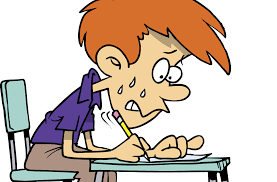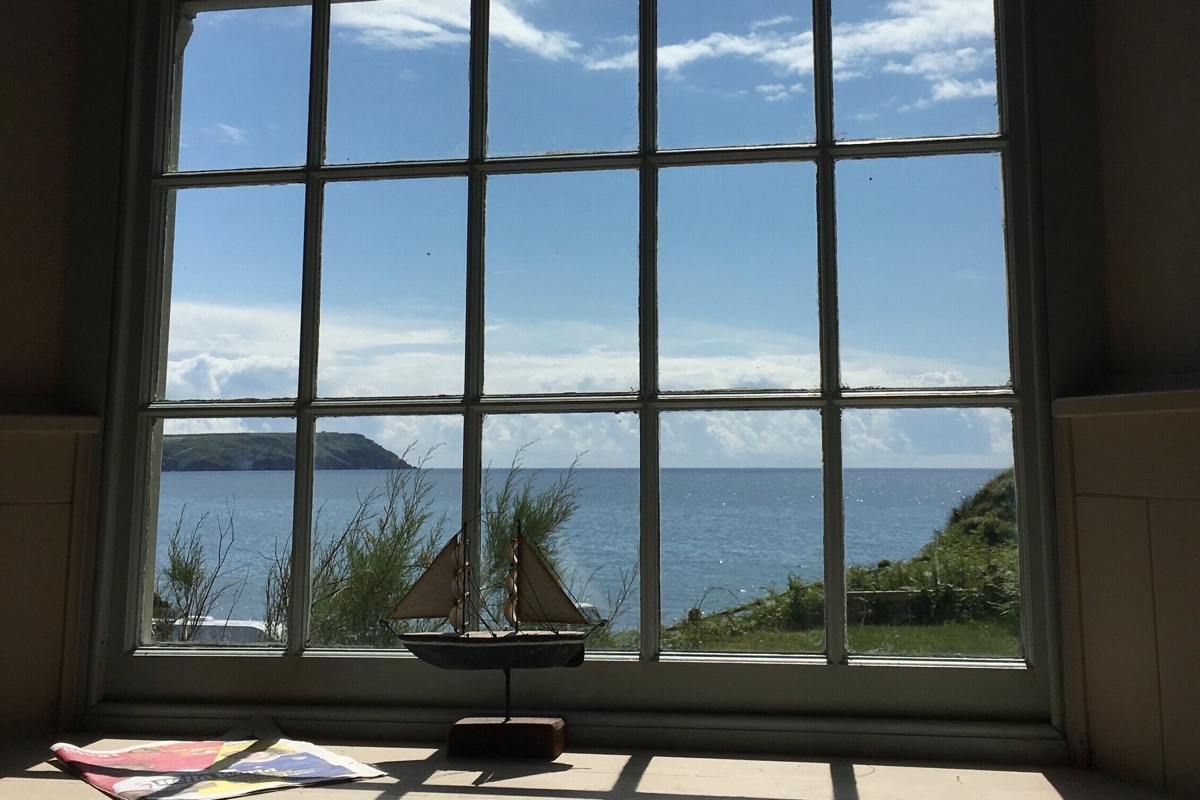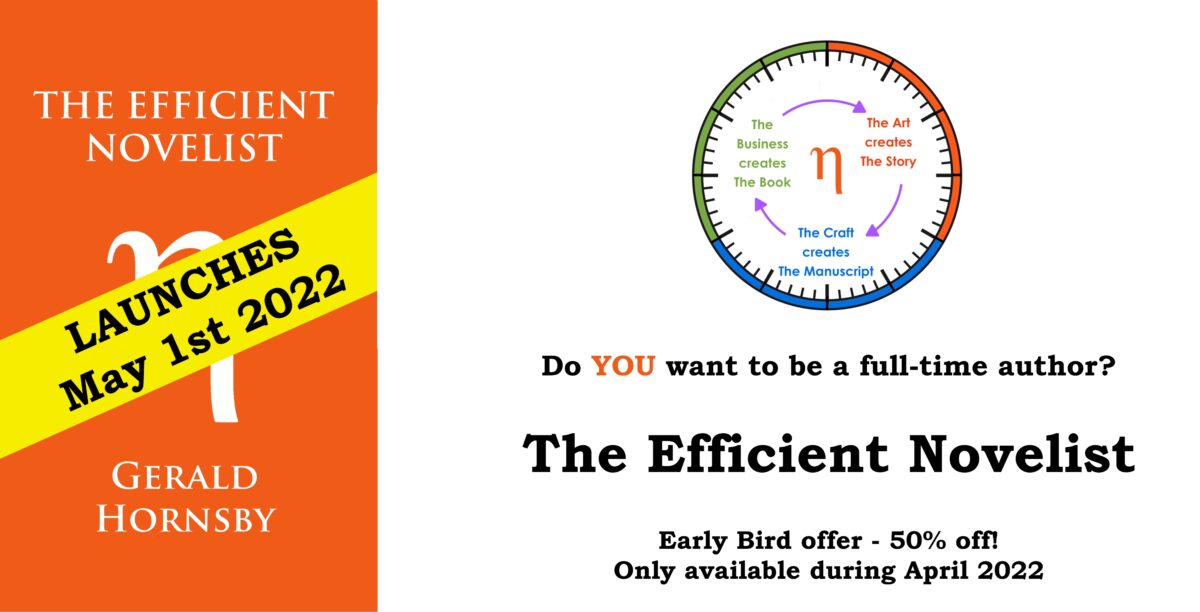EXAMINE YOUR CHARACTERS
One of the great questions in life: which is more important – character or plot? Which should I work on first?
And, of course, the answer isn’t simple. Different types of book are more character-focussed or some more plot-focussed. My partner writes about characters from the inside out, and structures a plot around that. I write a plot first, but with the characters in my mind. The characters are still important.
So, what makes a good character? Is it a full list of features, physical, emotional and psychological? Is it what job they do, or what their family is like? Is it how much money they have, or what car they drive?
And the answer is: partially. But these are only superficial aspects of their character.
What readers want to know is: what is this character really like? Are they a character like me? What constitutes their belief system?
You can look up character traits online, for instance:
https://www.thesaurus.com/e/writing/character-traits
is quite a good resource, because it breaks character traits into 5 general groups: personality, physical attributes, beliefs and morals, classic hero traits, classic villain traits.
But resources like this:
can be more distracting than useful. The danger is that you create a character from a pick list, which doesn’t sound realistic.
I got the idea for my new new novel series (Witford Market Mysteries, 1st in series coming out at the end of this month BTW) from a specific location. I loved what it could bring to my stories. I had the beginning of an idea for a character, but I wanted her to feel like a newcomer (bringing conflict!). I wanted her to be a temporary visitor, but who would begin to get the vibe of a small village, and make her into a permanent member of the local population. And that brought the potential for closer characterisation for my characters. With a reduced stage, everything becomes more claustrophobic, and every trait could become amplified and / or more important to the other characters.
One final point – I like to cast my characters. I find film actors who have played characters like mine, both physically and psychologically, and put a photo of them in my planning software. It helps to provide a little extra background information.
BUT… don’t go overboard. Don’t make your characters so complicated that a reader would feel they needed therapy or hospitalisation! Give your characters depth, in their actions and relationships, but at all times, keep it real!










